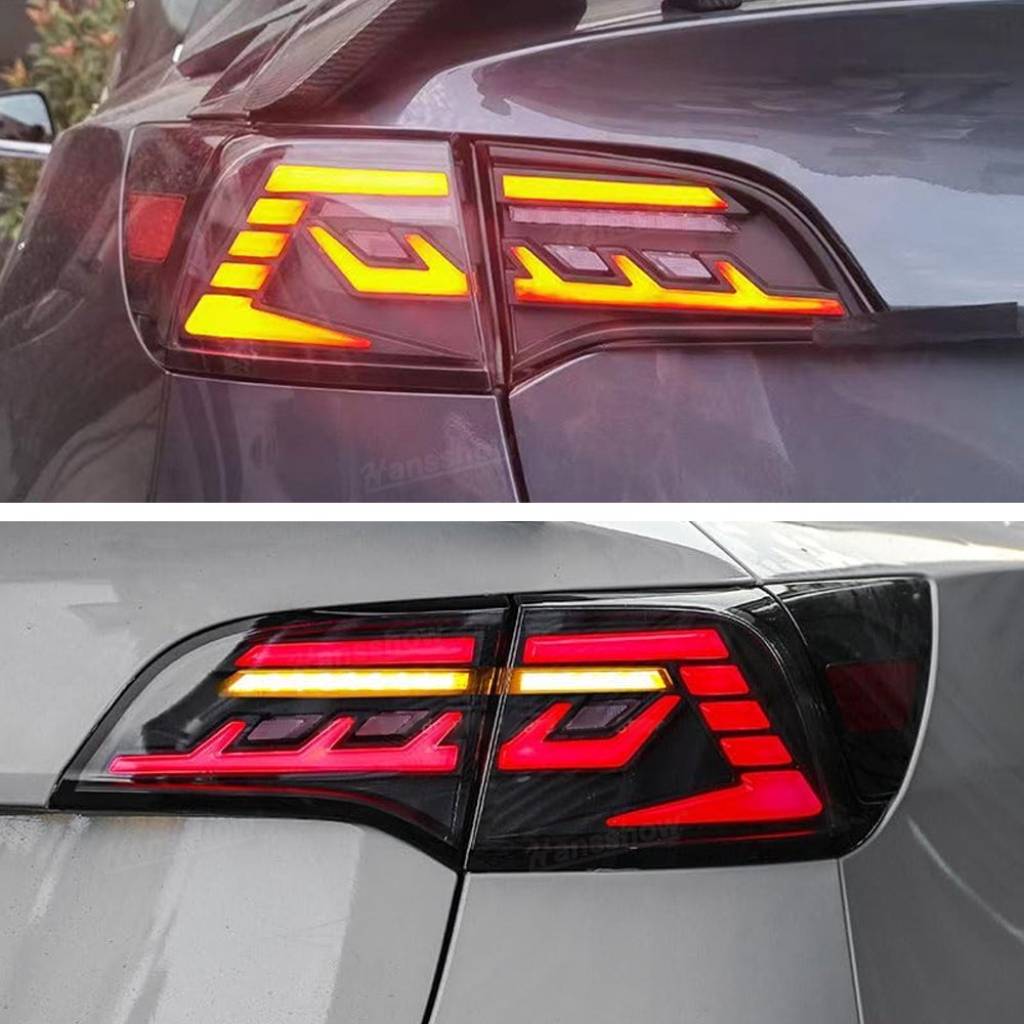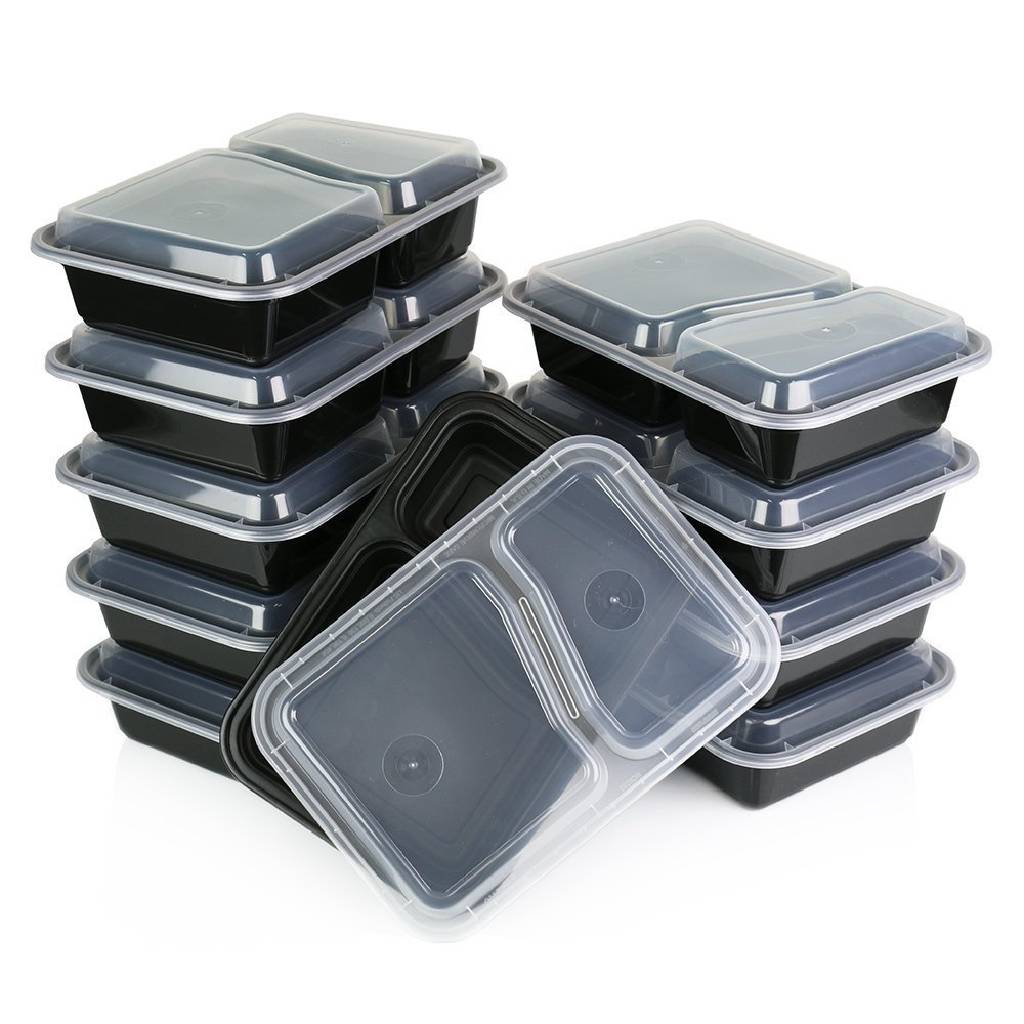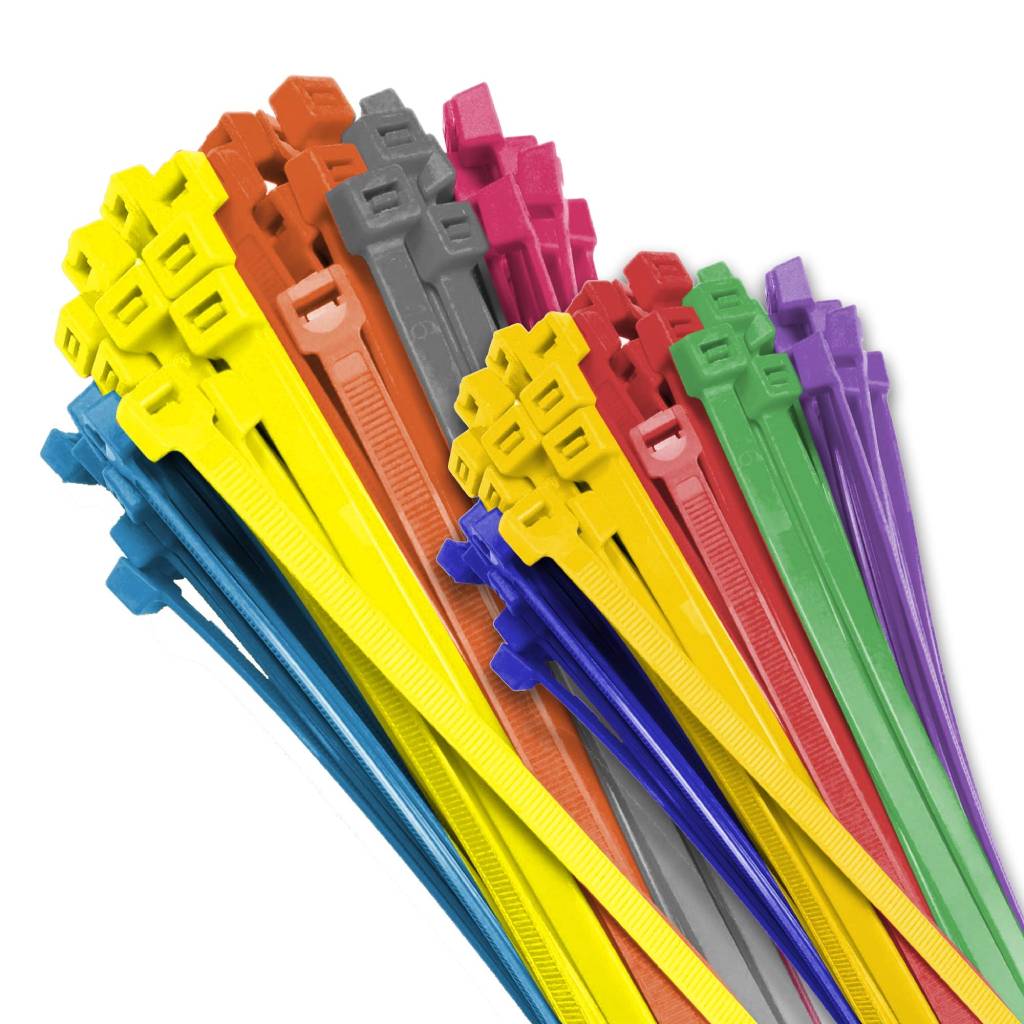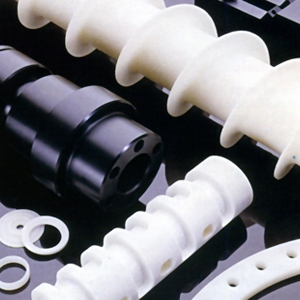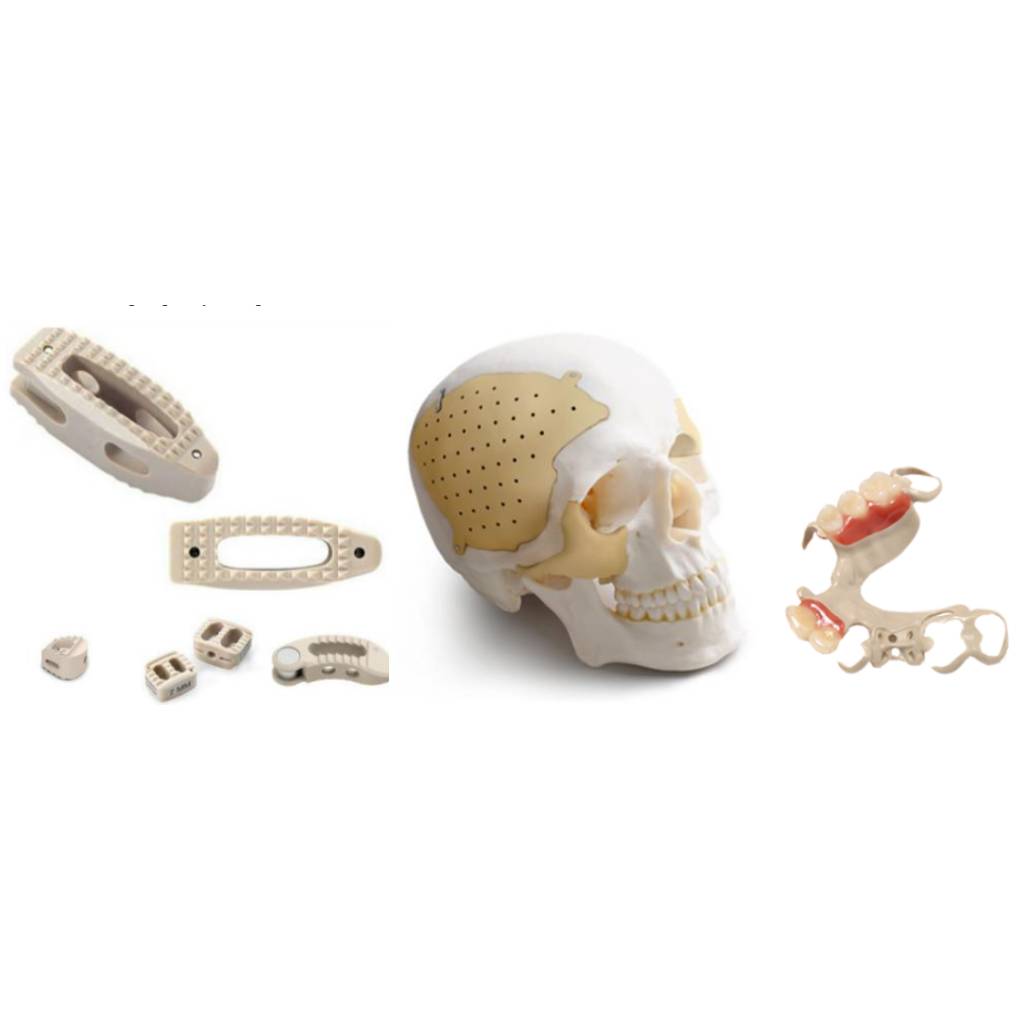The choice of material determines how a part will perform in real-world conditions. PharoPLAST works with a wide range of engineering and commodity thermoplastics to meet the needs of industries from consumer products to automotive, medical, and beyond.
- Acrylonitrile Butadiene Styrene (ABS) – Durable, lightweight plastic used in toys, consumer electronics, and everyday goods (think LEGO® bricks).
- Polycarbonate (PC) – Strong, impact-resistant plastic ideal for non-shattering lenses, safety shields, and structural parts.
- Polystyrene (PS) – Economical and versatile, often used in packaging, disposable items, and lightweight housings.
- Nylon (Polyamide, PA) – Engineered for strength and chemical resistance, common in automotive parts, gears, and waterproof components.
- Acrylic (PMMA) – Crystal-clear plastic used in display panels, signage, aquariums, and light diffusers.

